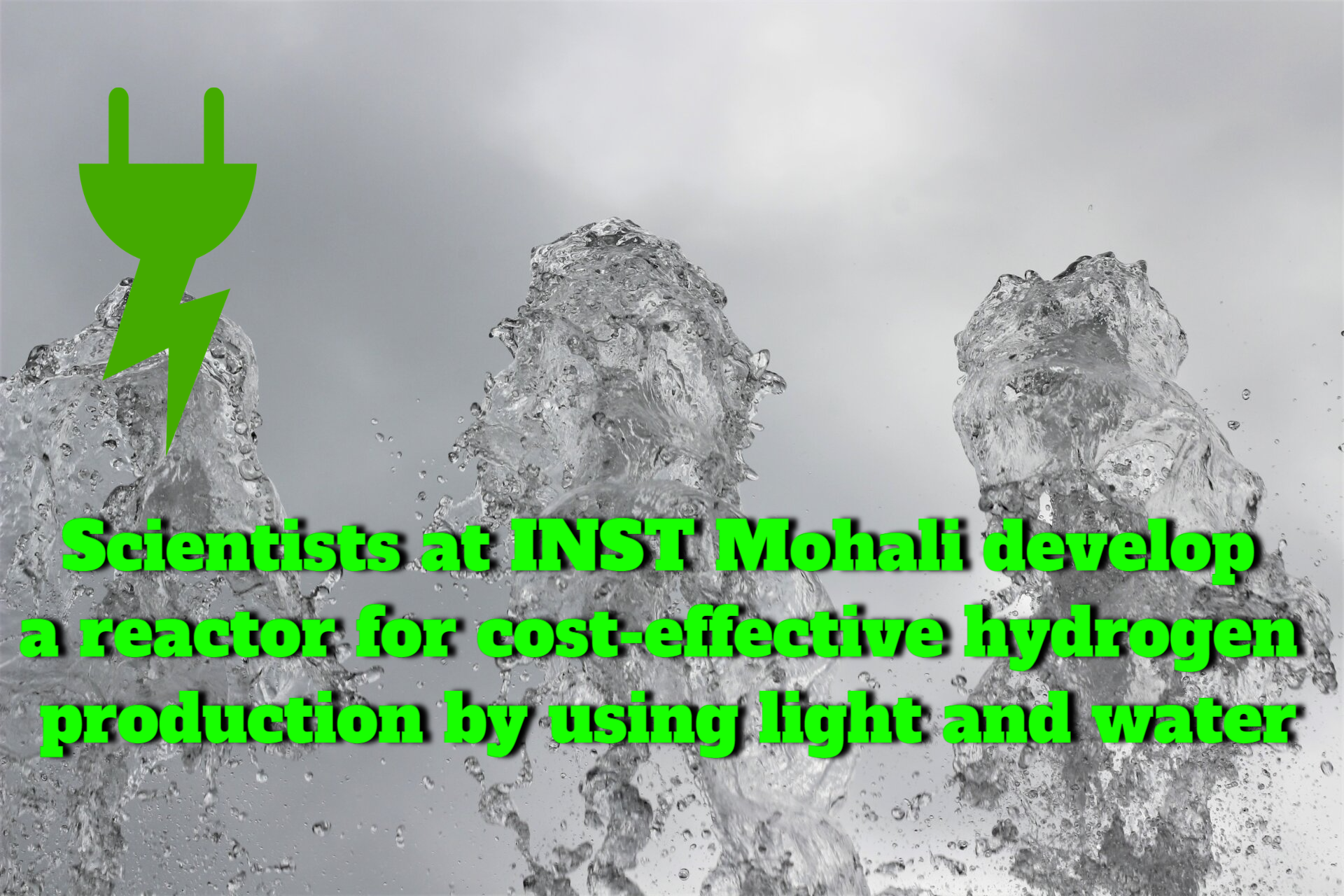Using renewable energy sources like sunshine and water, scientists have constructed a reactor that creates hydrogen. By 2030, India wants to generate 450 GW of renewable electricity. Prime Minister Narendra Modi established a national hydrogen mission to speed up efforts to produce carbon-free fuel from renewable sources. As a catalyst, they’ve been using a naturally occurring compound called carbon nitrides, which can be found in abundance on the planet. Aside from generating electricity through fuel cells and using it to power gadgets, hydrogen created in this method can be used in various ways.
Key Highlight:
- Scientists in India have created a reactor that can produce hydrogen from renewable resources.
- They have used a naturally occurring compound called carbon nitrides.
- By 2030, India wants to be self-sufficient in renewable energy.
- The method can be used to power small gadgets like transformers and e-vehicles.
- The project is being funded by the Indian government’s Department of Science and Technology (DST)
- The team is working to improve the efficiency of hydrogen generation by using more efficient sunshine hours and purifying the hydrogen with moisture traps and gas separation membranes.
- It is hoped the project will be completed by the end of the year or early next year, depending on the progress made.
According to a statement released by the Department of Science and Technology (DST), researchers have created a reactor capable of producing significant amounts of hydrogen from renewable resources such as sunshine and water. Photocatalysts (suspended powders) are being developed and successfully used in large-scale hydrogen production, according to a statement released by the company.
As a result of his Independence Day address, Prime Minister Narendra Modi announced the initiation of a National Hydrogen Mission to speed up plans to manufacture carbon-free fuel from renewable sources in 2047 to make India self-sufficient in energy.
450 GW of renewable energy has been set as a goal for India by the year 2030. Scientists are seeking renewable energy alternatives with a low carbon impact to help them meet this goal.
Hydrogen may be produced on a big scale using photocatalytic water splitting at a low cost. Growing renewable energy demands require a long-term, stable and low-cost solution. This will benefit society in the long run.
As a result, scientists must make significant contributions to accomplishing this aim, which is essential and urgent.
To help with this, researchers from the Institute of Nano Science and Technology (INST) in Mohali, including Dr. Kamalakannan Kailasam and Professor Ashok K Ganguli, have developed a prototype reactor that uses natural sunlight to manufacture hydrogen on a bigger scale (around 6.1 liters in eight hours).
As a catalyst, they’ve used carbon nitrides, a naturally occurring molecule found in abundance on the planet.
Several researchers attempted the technique numerous times with heterogeneous metal oxide, nitride, or sulfide-based systems, but reproducing hydrogen in substantial amounts proved problematic.
Researchers from the INST used carbon nitrides, a cheap organic semiconductor that can be made using less expensive precursors like urea and melamine on an industrial scale with relative ease and speed.
Electrons and holes are created when sunlight shines on this semiconductor.
Some chemical agents are called sacrificial agents to consume the holes created when electrons decrease protons to make hydrogen. Hole recombination occurs if the electrons aren’t exhausted before the holes recombine.
A paper on this project appeared recently in the “Journal of Cleaner Production,” sponsored by DST Nano Mission NATDP. To protect their work, the group is attempting to get a patent on their invention.
For quite some time, the INST team has been working on photocatalytic water splitting to generate hydrogen.
“Energy and climate crises have compelled us to investigate this promising method of hydrogen production via photocatalytic water splitting, which we’ve now begun. Having diverse organic groups in carbon nitrides allows for chemical flexibility and chemical stability, which prompted us to work on these low-cost organic semiconductor materials for sustainable hydrogen production, “In the words of Dr. Kamalakannan,
The INST team built a considerable prototype reactor to develop the photocatalyst and hydrogen production on a big scale.
Currently, the team is working to improve the efficiency of hydrogen generation by using more efficient sunshine hours and purifying the hydrogen with moisture traps and gas separation membranes.
Fuel cells, hydrogen stoves, and small gadgets can all utilize this hydrogen, which can be produced in this method and then used in various ways. According to the statement, long-term research goals, including power transformers and e-vehicles, are in the works.
#Scientists @INSTMohali , for the first time, develop a large-scale reactor which produces a substantial amount of hydrogen using sustainable sources like sunlight & water, which is a cost-effective and sustainable process.@DrJitendraSingh @RenuSwarup
— DSTIndia (@IndiaDST) September 30, 2021
➡️https://t.co/HcH1Gr8CEp pic.twitter.com/cV8DyPanPd





